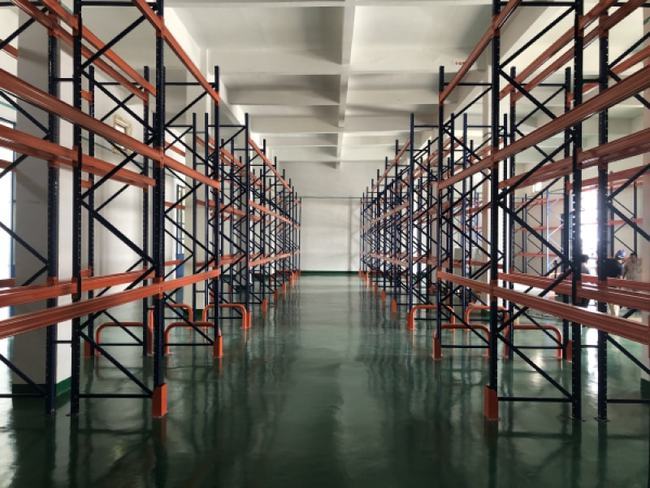What are the main aspects involved in warehouse planning?
Oct 27,2021

Modern warehousing plays an extremely important role in the development of an enterprise. It can reflect the modernization of an enterprise's warehouse management. Good warehouse planning can increase the overall operation speed of the enterprise, thereby better serving the enterprise. Therefore, how to do a good job in warehouse planning is one of the key factors affecting the development of enterprises. In this article, Haote Suzhou Shelves is to share several aspects involved in warehouse planning, so that enterprise warehouses can run better and smoother!
1. The overall reasonable layout of the warehouse. According to the needs of warehouse production and management, plan the use of all facilities in the entire warehouse, determine the production, auxiliary production, administration and other places, the distribution and determination of warehouses, operations, roads, guards, etc., and distinguish various facilities and buildings. For example, you can set up a dedicated storage shelf area, picking area, office area, etc.!
2. The specialized division of the warehouse. All uses and functions have been determined on the principle of professional planning. Generally, they are classified and partitioned according to the storage species. For specialized warehouses, they can be divided according to different operation methods. For example, species needs to be distinguished between first-in first-out and first-in-last-out, so as to improve the efficiency of the warehouse.
3. The division of labor and management scope of warehouse employees. Determine the scope of shift and group management according to the management scope of warehouse employees, and determine warehouse job positions and job responsibilities.
4. Arrangement and use of warehouse space, operation road and warehouse operation distance.
5. The future development of the warehouse, including the development strategy and scale of the warehouse (warehouse expansion, transformation, warehouse throughput, storage capacity growth, etc.) and the development level of warehouse mechanization and the direction of technological transformation, such as warehouse mechanization, automation level, etc.
6. The main economic indicators of the warehouse, such as the utilization rate of the main facilities of the warehouse, labor productivity, warehouse throughput and storage capacity, material turnover rate, storage capacity utilization rate, storage and transportation quality indicators, etc.
Contact Us
E-mail :
Phone:
Address:
NO.9 GAOHU ROAD,JIANGNING DISTRICT,NANJING,CHINA










